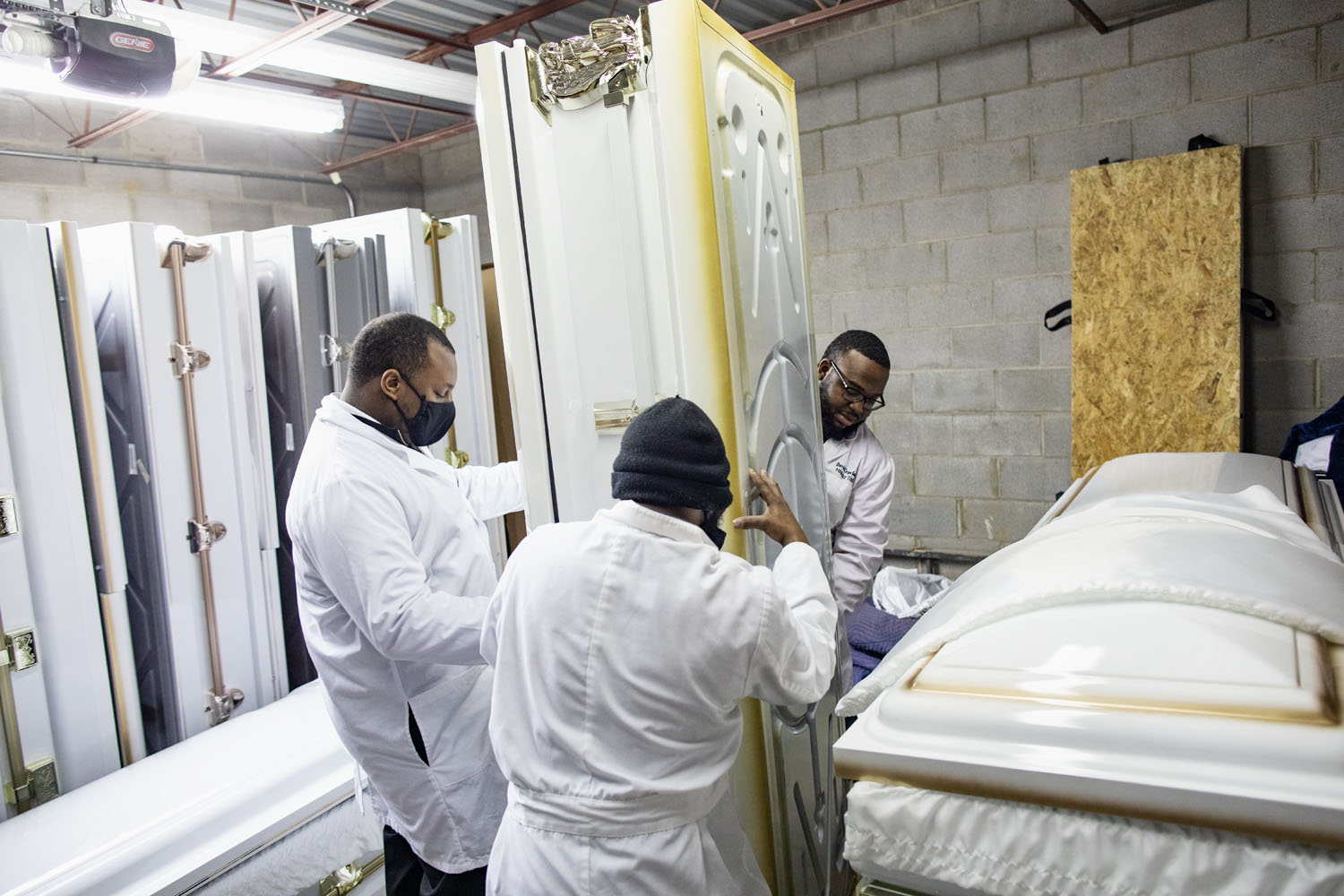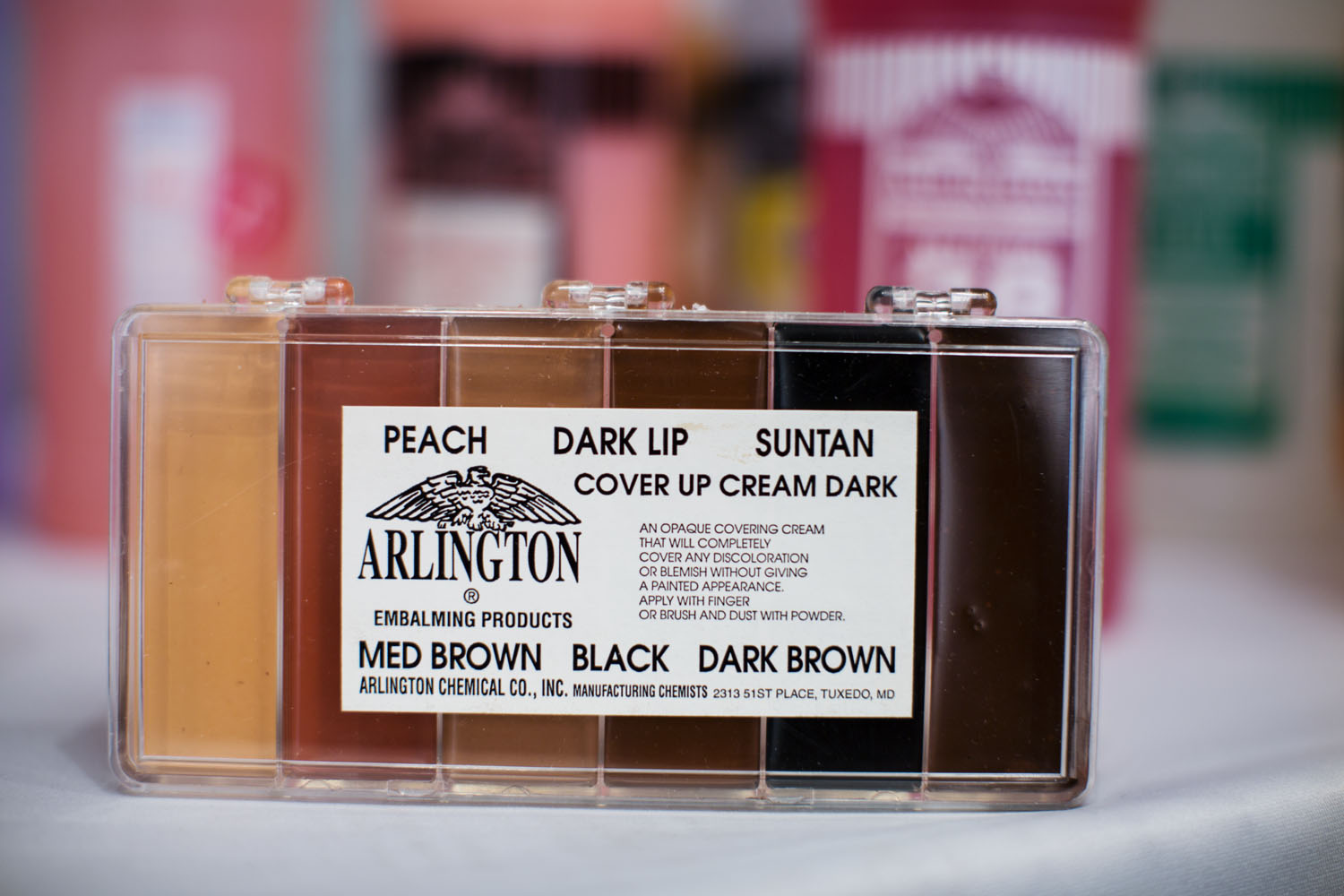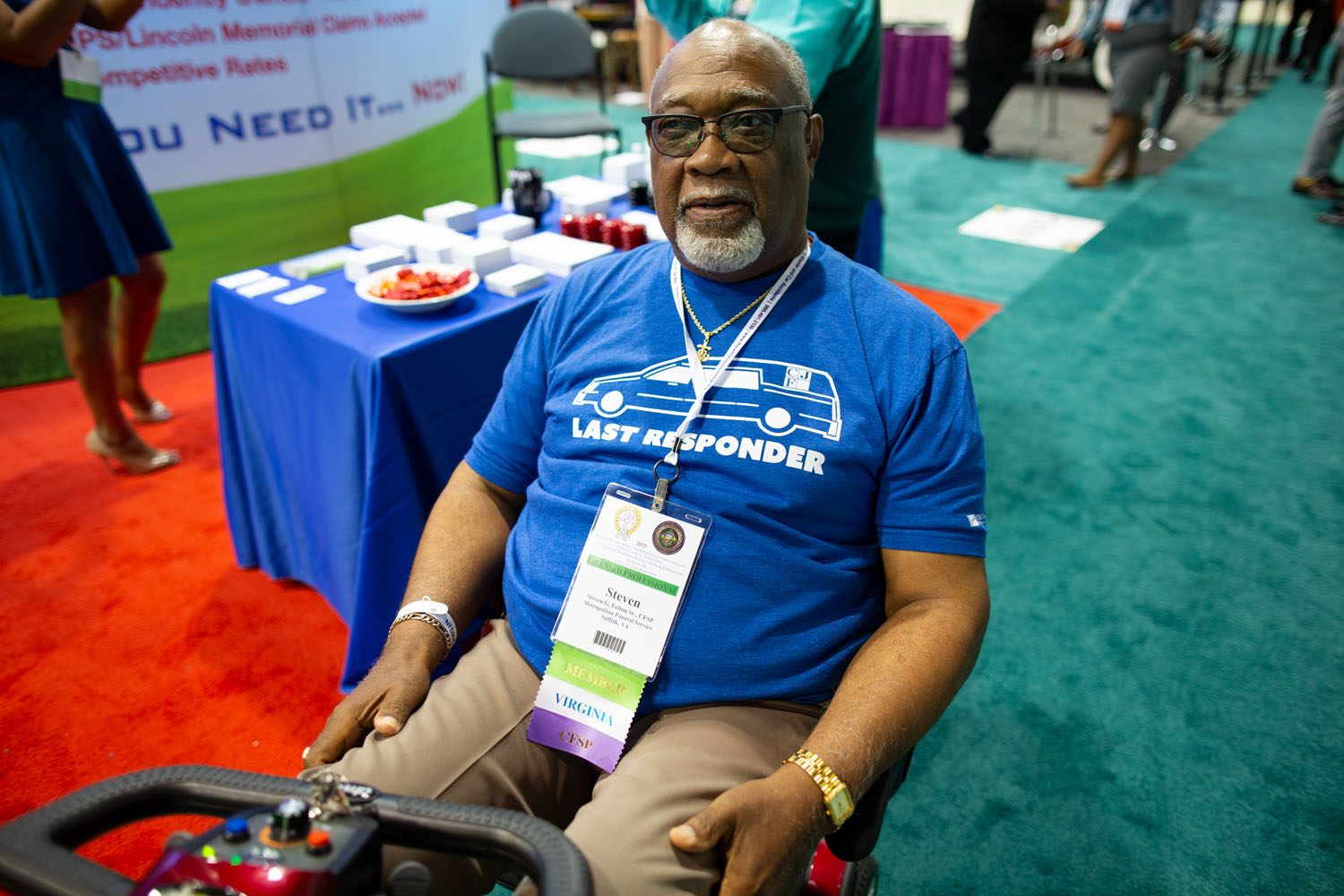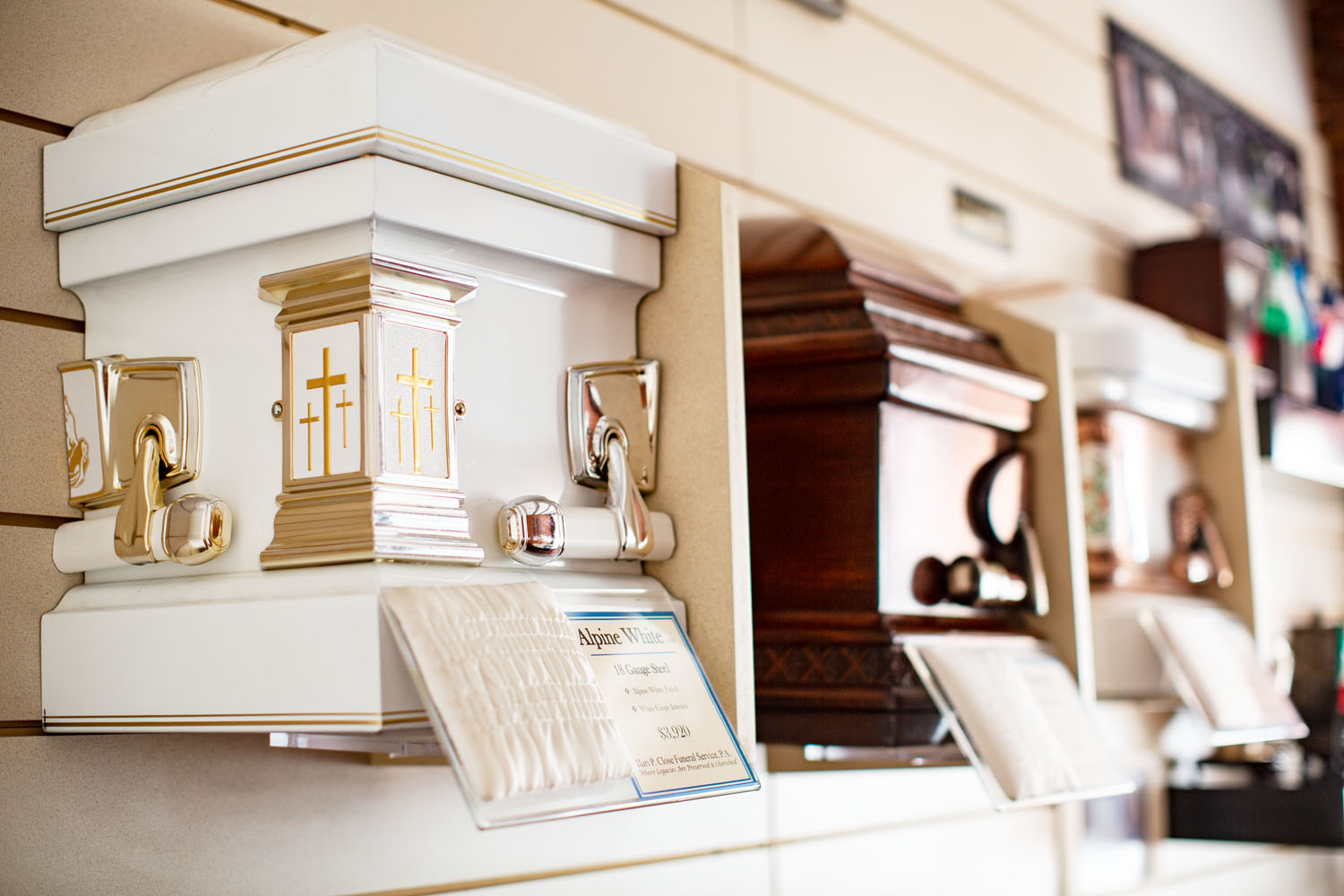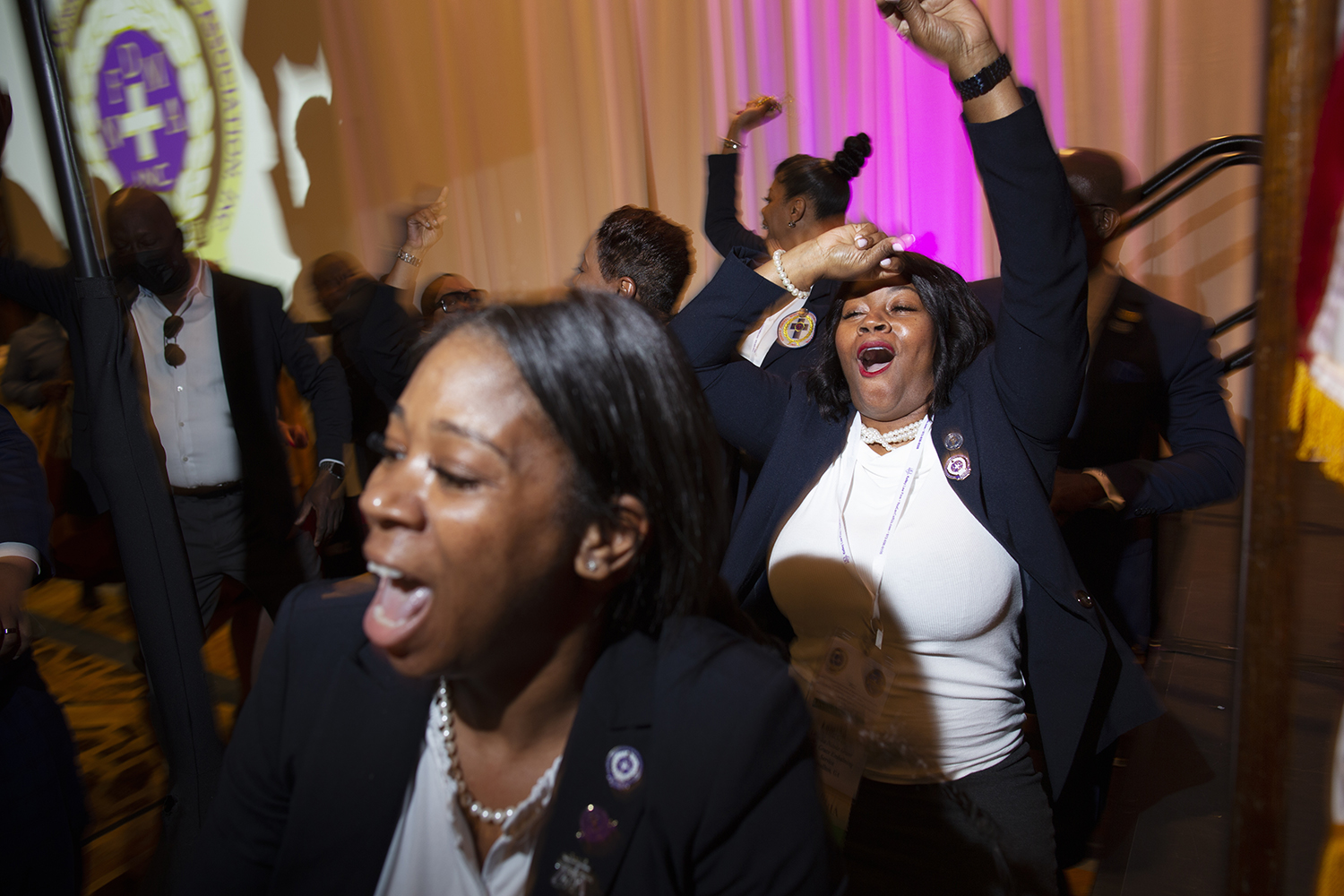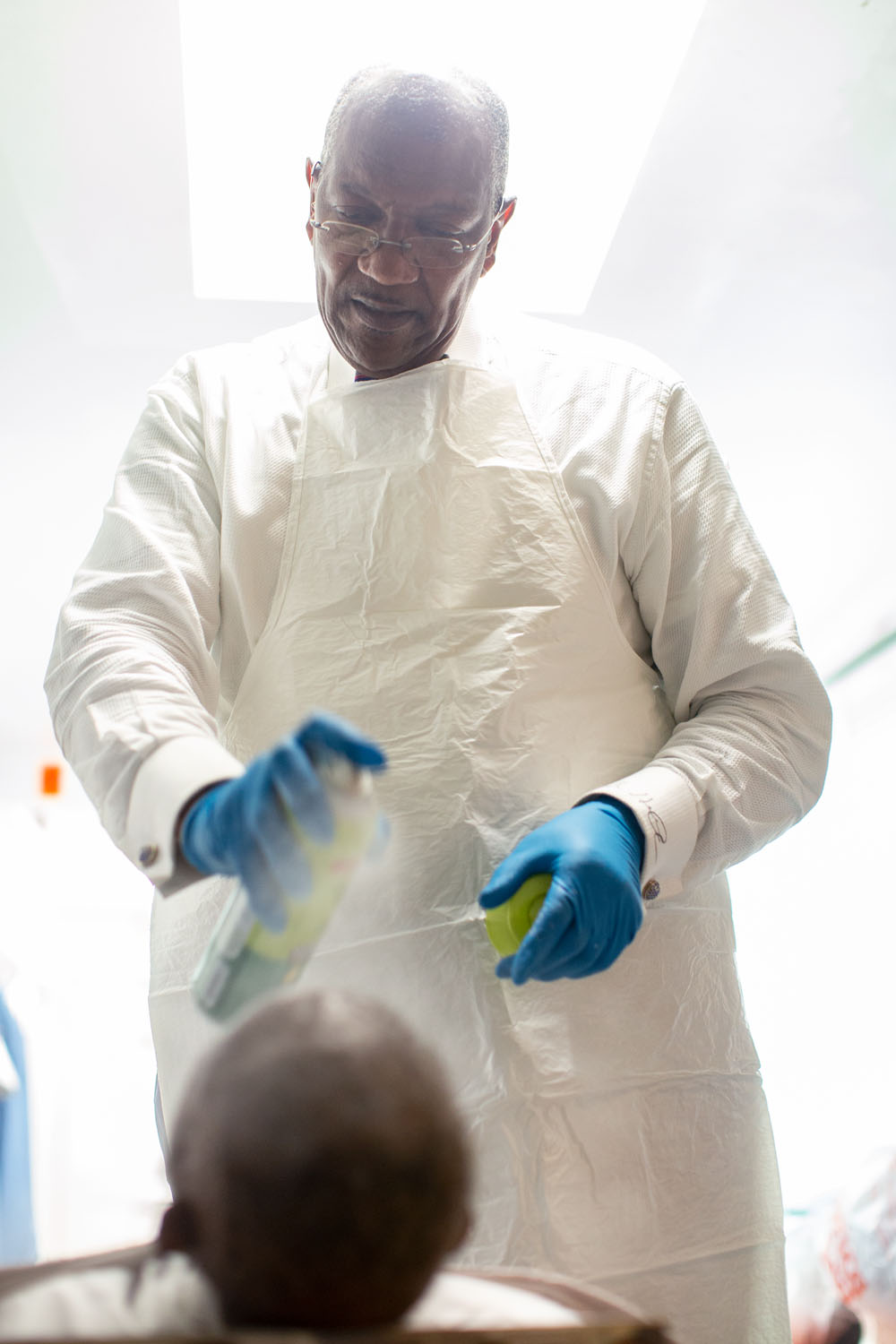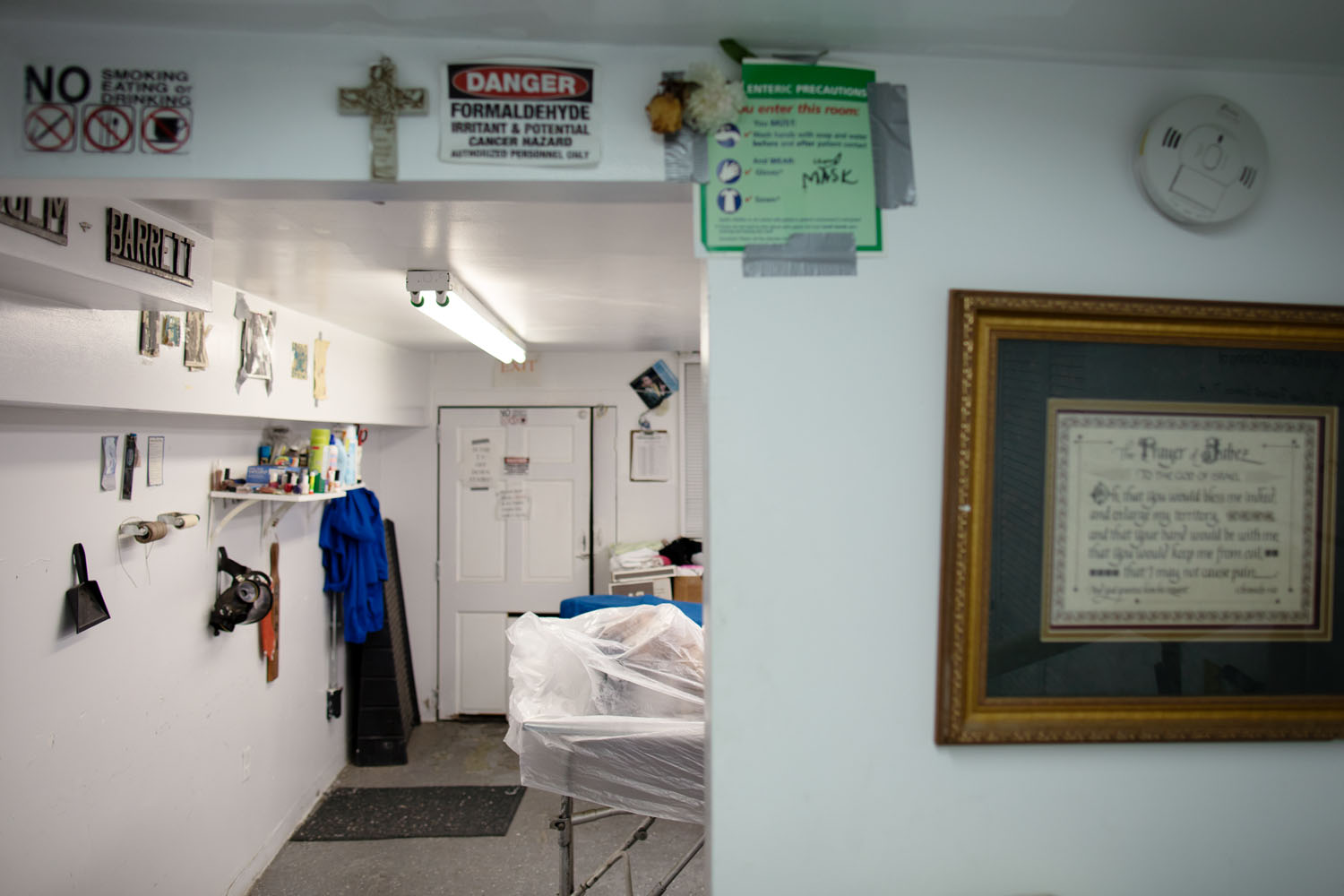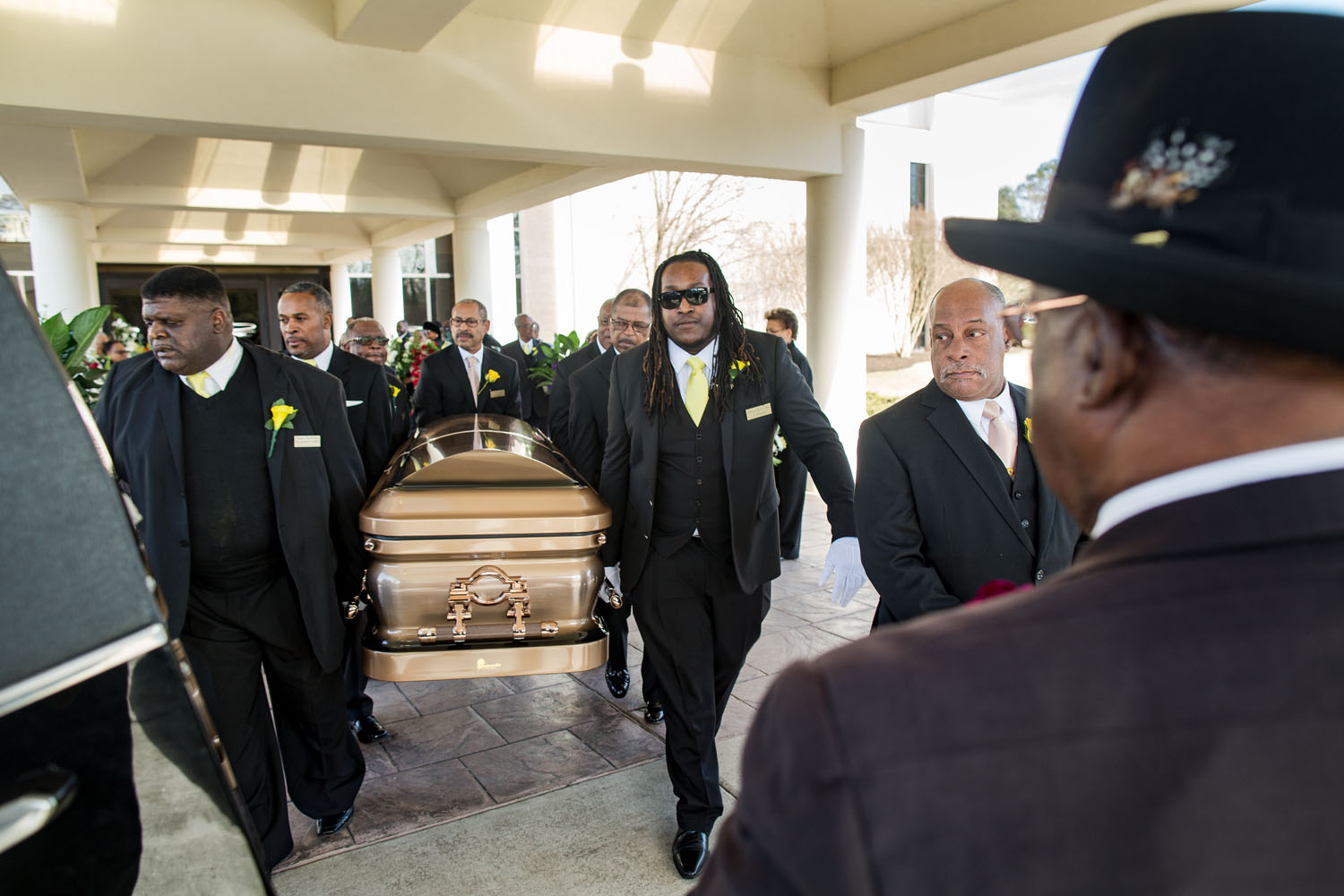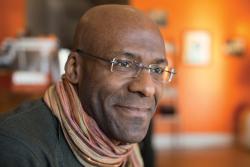An unexpected cloud of grief swallowed me after my father, Eddie, died in 2011. We had grown apart over the decades after he and my mother divorced. His passing, which I thought would be easy, conjured regret, anger, and, weirdly, warmth. I was in no shape to plan a funeral and don’t remember doing much more than showing up. My sister, Karen, did the heavy logistical lifting.
There was a traditional open-casket viewing at Whiting’s Funeral Home in Williamsburg, Virginia, followed by a funeral service at a church in Hampton, where he had lived, and then a final graveside service at a church burial ground.
I don’t remember how decisions were made to do this or that, but I recall vividly that whenever I felt a wave of emotion about to hit, a Whiting’s staffer was at my side with a box of tissues. He or she would utter a few words, rest a hand on my shoulder, then retreat. It was low-key, brief, and genuinely reassuring, not unctuous. We were paying for this, too, I knew, but that knowledge didn’t make the moment any less powerful.
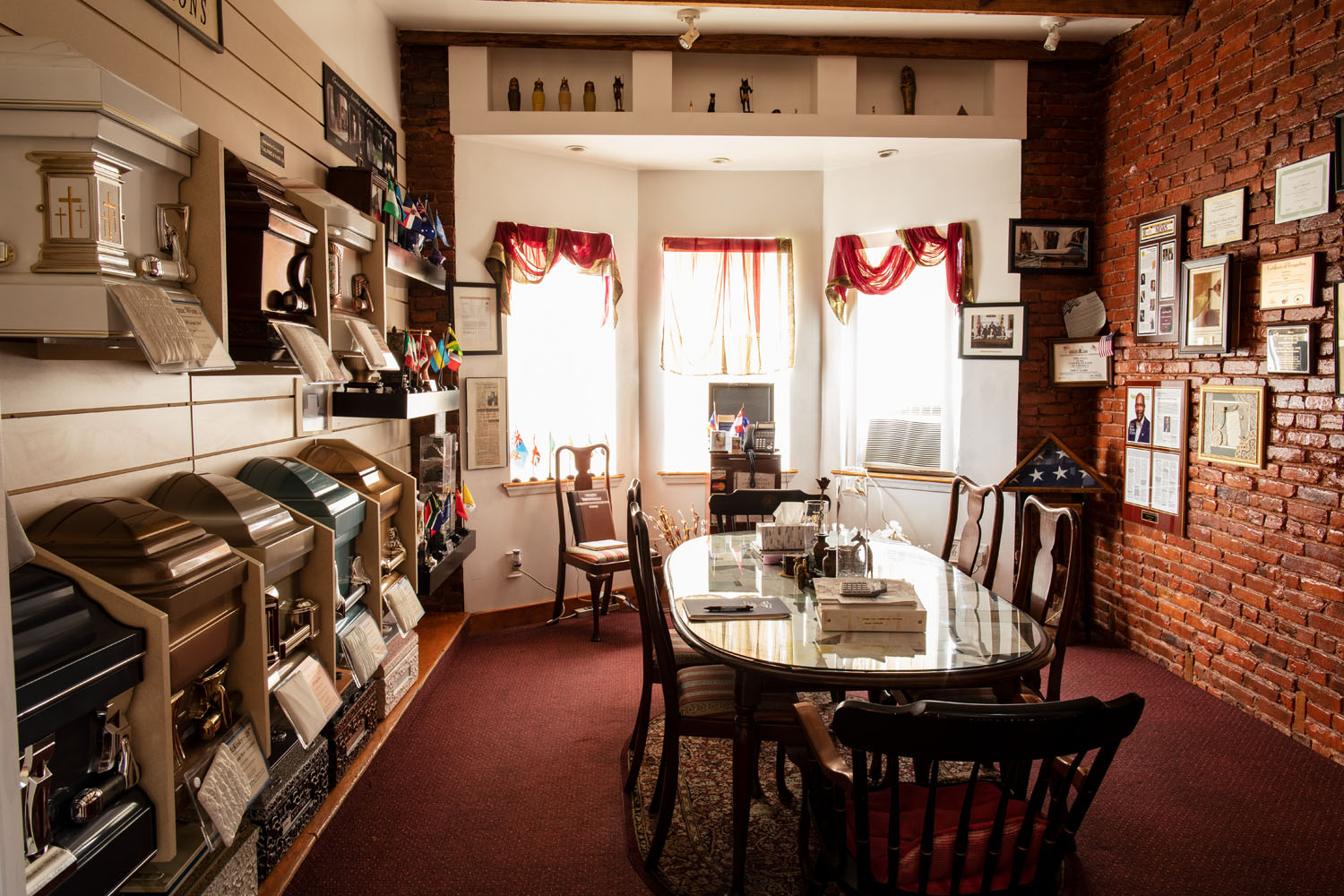
Of course, it mattered that Whiting’s—its proprietor, William T. Stone, in particular—had buried nearly everyone on my dad’s side of the family for generations, including his six siblings and their parents, Lewis and Amelia. Years later, Judge Stone, as he was known (he had held a judgeship in Williamsburg-James City County), gave me carte blanche to photograph at Whiting’s. There was one caveat: to preserve the dignity of his deceased clients and their families, no photos of undressed bodies. He died—transitioned, in funeral parlance—in January 2018. I photographed his funeral, with his family’s permission.
Jessica Mitford excoriated the funeral industry in her 1963 book, The American Way of Death, as little more than a racket that preys on people facing perhaps the most painful and disorienting moment in their lives. The worst operators, she wrote, deploy “a fantastic array of costly merchandise and services…to dazzle the mourners and facilitate the plunder of the next of kin.” Mitford wasn’t the first to call out this largely unregulated business. In 1951, Bill Davidson wrote in Collier’s magazine that “there is no regulation of funeral directors at all, other than the enforcement of simple health rules and the licensing of embalmers.” Only in 1984 did the Federal Trade Commission impose the Funeral Rule, which established minimal standards for the industry.
Mitford, a white British aristocrat, mentioned segregation but didn’t explore life—or death—on the other side of the racial divide. While funeral conventions were similar, the experience of death was shaped for Black folks by Jim Crow, which followed African Americans to the grave well into the twentieth century. That led Black communities to establish their own cemeteries as well as burial associations to manage them. And when white funeral directors barred them from joining their professional organization, the National Funeral Directors Association, Black funeral directors created their own in 1924, now called the National Funeral Directors and Morticians Association (NFDMA). The National Funeral Directors Association opened to African Americans in 1963, but by then NFDMA had already established its own distinct culture, rooted deeply in the Black church. Black funeral directors I have spoken to don’t define themselves by the exclusion they and their forebears endured, but by their achievements, resilience, self-reliance, and even, when called for, resistance. The Black funeral home, like the church, served as a gathering place, a stepping stone for some to the middle class in a society that legally restricted African American advancement in so many areas, a source of community leadership. When Booker T. Washington summoned men and women of the race to Boston in 1900, undertakers, as they were called then, were among the delegates, along with attorneys, barbers, doctors, bankers, ministers, and others. “When you come to Little Rock we will hire no hall, open no park except what is owned by Negroes of the city and of the state,” undertaker George C. Jones told his peers at the National Negro Business League. “And when we give you a reception in Little Rock, we will give it to you in our own carriages, drawn by our own horses and driven by our own Negroes.” Black funeral directors like the legendary A. G. Gaston, owner of more than a dozen funeral homes in Alabama, was an associate of Martin Luther King Jr. and a stalwart supporter of the Civil Rights Movement. Chicago’s A. A. Rayner and Sons buried Emmett Till in 1955, the Black Panthers’ Fred Hampton in 1969, and Harold Washington, the city’s first Black mayor, in 1987. A. A. Rayner Jr., the founder’s son, was a Tuskegee Airman who became a powerful Chicago alderman and an ally of Mayor Washington.
Black funeral homes created rituals and a distinct language rooted in the church for their “homegoings.” “African Americans believe in a Saturday funeral,” says Carolyn Whigham, a funeral director based in Newark, New Jersey. “African Americans believe in church funerals. They believe in lengthy funerals. That is something that I feel right now has not changed. They believe in the traditional casket, that their loved one be dressed in their finery.”

Tradition ran headlong into reality with COVID-19. It was “a plague; it’s a cancer. And it froze the whole world and it froze economies,” says Hari Close, president of NFDMA. “It was just overwhelming.” In 2020, Close personally prepared all the bodies that his Baltimore funeral home received as a result of COVID-19. He didn’t want to put his staff at risk. First responders rightly got their due during the pandemic, says Close, but those in his field did not. “It’s the last responder who is also the last defense of that community, but no matter what community you are, that funeral director is the last.” During the pandemic in-person funerals were canceled or shrunk. Live streaming helped soften the blow. Cremations, never as common in the Black community as among white folk, have increased. And in spite of the great national unmasking, the pandemic isn’t over.
Nineteenth- and twentieth-century funeral traditions and conventions are increasingly colliding with contemporary reality. At least as far back as Davidson and Mitford, people have been questioning the wisdom of filling the earth with metal boxes holding bodies soaked with carcinogenic chemicals. There are other options. Beyond cremation, which has its own environmental costs, there’s direct burial, interment without embalming and even without a casket. There’s alkaline hydrolysis, or aquamation, a water-based procedure commonly used for deceased pets. (Archbishop Desmond Tutu chose that method.) Clients aren’t clamoring for these services, say Close and Whigham, but times change. The challenge for Black funeral homes will be to adapt while hanging onto the practices and rituals that both resonate with the community and make environmental sense.
Members of NFDMA gathered in New Orleans this year for their annual convention. They mourned the loss of those who had passed away and reflected on the COVID-19 crisis, which brought anguish and suffering, but also increased business. The convention, though, was more than anything else a celebration of life among people who have accepted the fact of death.
